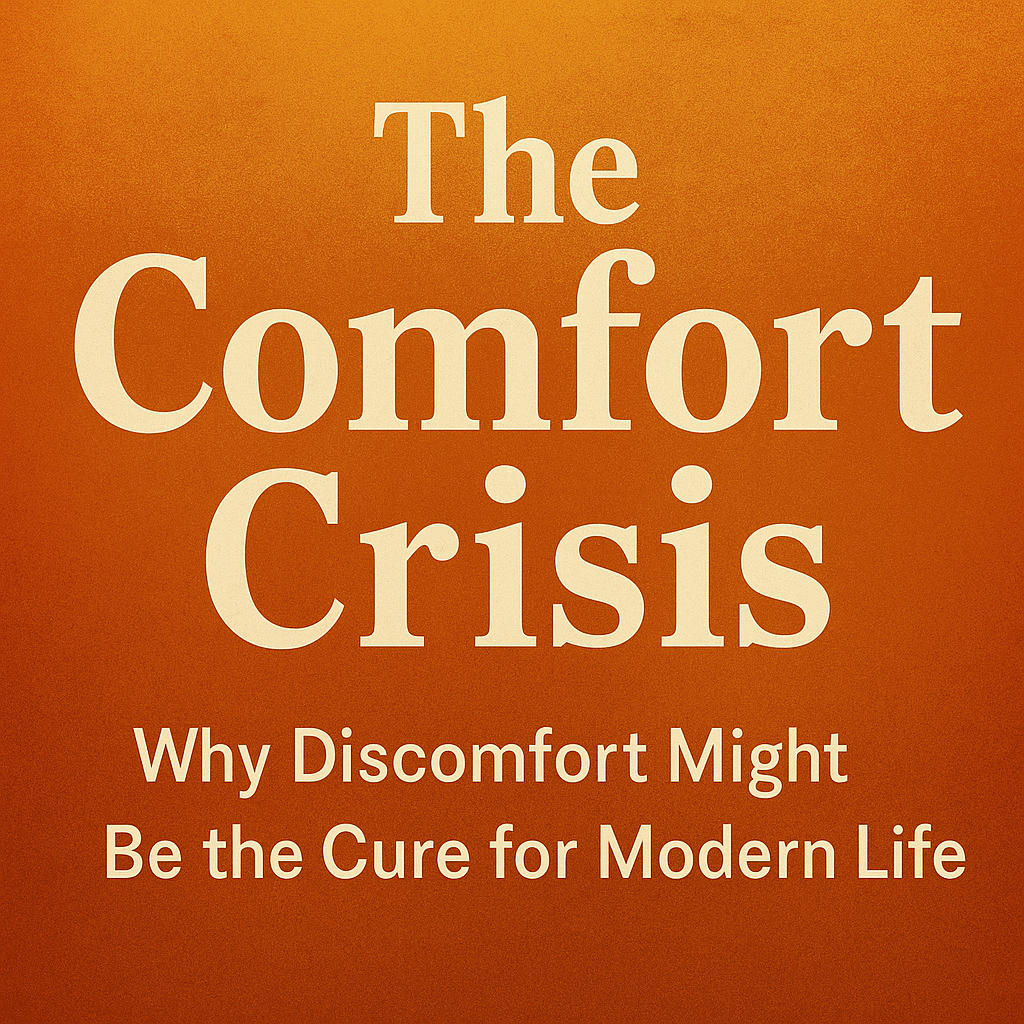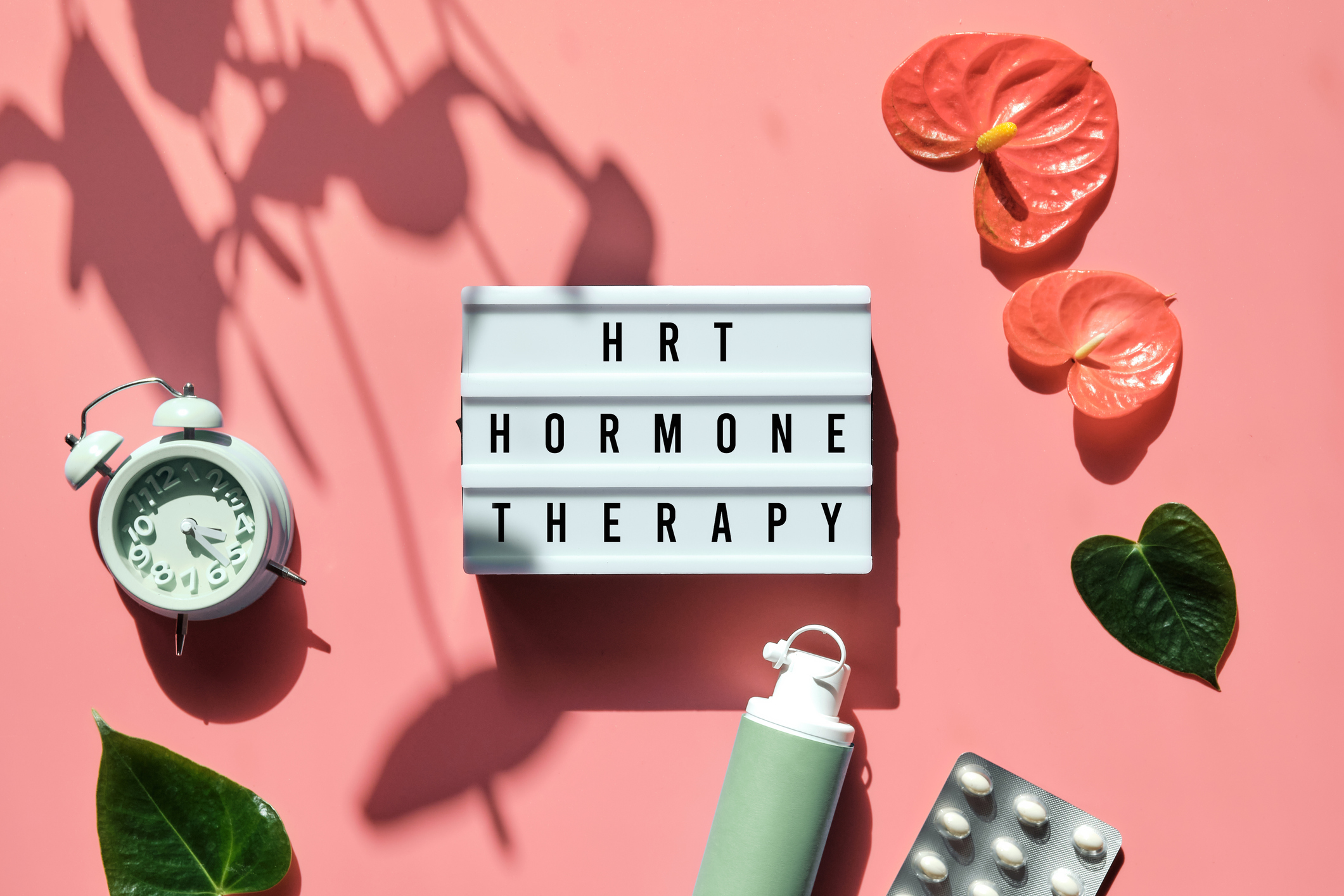Slick, straight hair has always been a sought-after objective for many people in the world of hair care. It’s now easier than ever to have manageable, silky hair thanks to the development of sophisticated chemical treatments like those that include ammonium thioglycolate. However, what is ammonium thioglycolate exactly, and how does it benefit our hair? We’ll dive into the science of sleekness in this informative blog post, examining the amazing qualities of ammonium thioglycolate and how it helps to turn curly or unmanageable hair into a sleek and straight masterpiece.
Understanding Ammonium Thioglycolate
Ammonium thioglycolate, often called ammonium mercaptoacetate, is a chemical substance that is frequently found in hair care products, especially ones intended for relaxing or straightening hair. This unique molecule is a member of the thiol compound family, which is distinguished by the functional groups that include sulfur. Ammonium thioglycolate is highly valued for its capacity to modify the structure of hair, increasing its pliability and responsiveness to style adjustments.
The Mechanism of Action: Breaking Down the Bonds
Its distinct mode of action holds the key to comprehending how ammonium thioglycolate generates sleekness. Ammonium thioglycolate interacts with the disulfide bonds holding the protein molecules in the hair together by penetrating the hair shaft when administered topically. The natural curly, wavy, or straight texture of the hair is a result of these linkages. Straight, smooth hair is made possible by ammonium thioglycolate, which breaks these connections and restructures the hair’s protein structure.
Safety Considerations and Precautions
Although ammonium thioglycolate has transforming effects, it must be used carefully and ethically. There is always a chance of damage or irritation with chemical treatments, especially if the product is not applied appropriately or if the hair is overprocessed. It’s imperative that you closely adhere to the manufacturer’s instructions, do a patch test before using, and get advice from a licensed hairdresser if you have any questions about the procedure. People with delicate scalps or damaged hair should also proceed with caution and think about other treatment alternatives.
Applications in Hair Care Products
Ammonium thioglycolate is widely used in a variety of hair care products, such as treatments for hair straightening, permanent wave solutions, and hair relaxers. Professional hairstylists and anybody wishing to accomplish salon-quality results at home should always have it on hand due to its flexibility and efficacy. There is a hair treatment product containing ammonium thioglycolate that can meet your unique demands, whether you want to attain smooth, straight strands, add volume and structure, or tame unruly curls.
Conclusion
To sum up, ammonium thioglycolate is a potent chemical substance that has revolutionary effects on hair care. Through comprehension of its mode of operation and adherence to safety protocols, people may effectively utilize ammonium thioglycolate to get smooth, straight hair that radiates self-assurance and sophistication. Take advantage of the sleekness and sophistication that ammonium thioglycolate brings to your hair care regimen, whether you’re looking for a professional salon treatment or experimenting with at-home treatments.















Leave a Reply